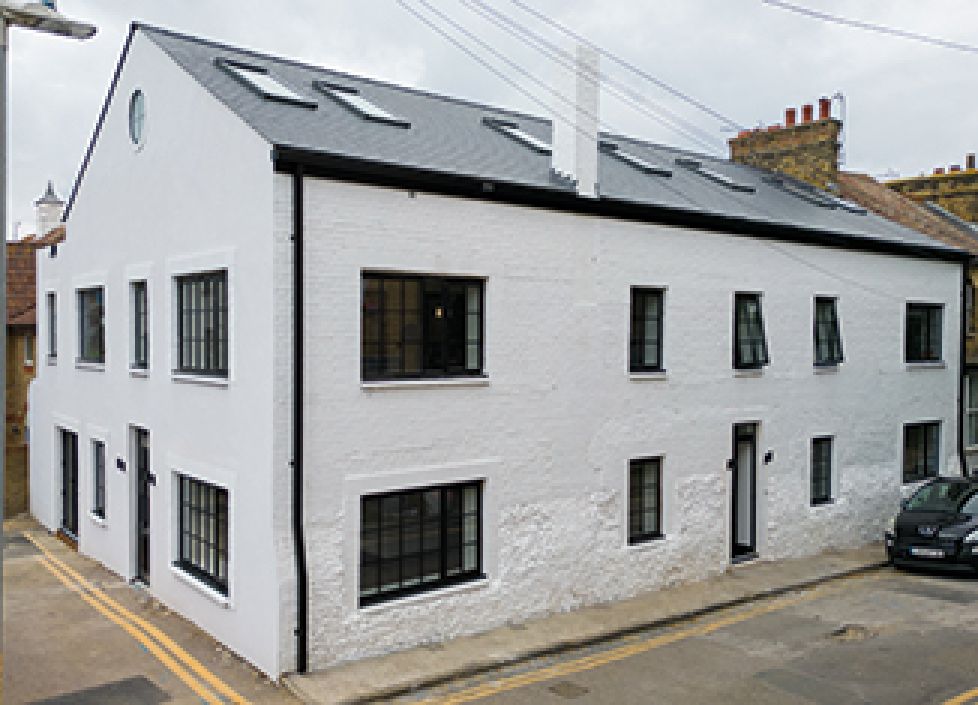A research survey, published in August this year by Northumbria University, looking at the secondary office market in 27 towns and cities in the UK, revealed an overall average vacancy rate for all office stock of 18%. However, the survey stated: 'Astonishingly, the real rate could be double this figure if 'grey space' is taken into account. Grey space describes those office properties that are leased but surplus to requirements and likely account for a further 20% of stock.'
However, nearly all of the vacant office supply is in the secondary market (90%), while prime offices stock only accounts for 10% of vacant office supply. The report states: 'The UK does not need to build new office properties, they already exist in abundance' but added, 'there has been a fundamental change in the nature of business: occupiers need less space and are more discerning in their demands. The big question is does the conventional office market and its institutional apparatus provide the business space for the 21st Century? Outside of the currently superheated Central London office market the answer is a resounding NO. Small businesses, tech and creative industries do not want large floor plates, high specifications and restrictive lease covenants.'
The cities with the lowest office vacancy rates include Bath & North East Somerset (3%), Exeter (5%), Cambridge (6%) and Portsmouth (7%). The cities with office vacancies well above the 18% average include Manchester (20%), Croydon (25%), Southampton (28%) and Liverpool (28%). The cities with the high office vacancy rates could see a number of those buildings converted into residential property in future, through Permitted Development Rights (PDR), which would obviously then increase the supply of new homes and in turn property prices.
For example, the top three cities for overall secondary office vacancy space - Manchester, Liverpool and Leeds - have over 9.8m sq ft of empty secondary office space. All of these empty office buildings are costing landlords a lot of money in lost rent and the survey concludes that 'taking the 27 towns and cities in the study, landlords could miss out on an astonishing £4.8bn in potential earnings and savings over a 10 year period. In the secondary market alone this figure is an eye-watering £4.1bn.'



















